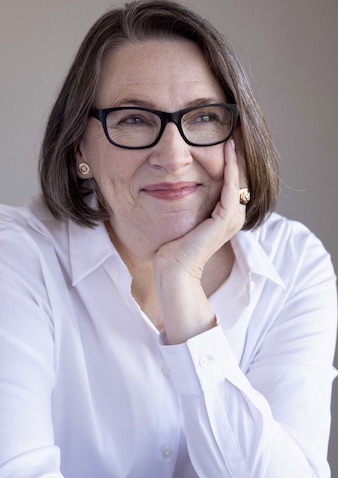Featured in

- Published 20241105
- ISBN: 978-1-923213-01-2
- Extent: 196 pp
- Paperback, ebook, PDF


Already a subscriber? Sign in here
If you are an educator or student wishing to access content for study purposes please contact us at griffithreview@griffith.edu.au
Share article
About the author

Lucinda Holdforth
Lucinda Holdforth is an author and speechwriter based in Sydney. Her latest book is Twenty-First Century Virtues: How They Are Failing our Democracy (Monash...
More from this edition

Palio De Siena
Poetry In the Tuscan city of Siena for seven hundred years this annual race has run to settle rivalries between citizens of its seventeen contradas,municipal divides of this medieval city...

Moon man
Poetry After Elizabeth Venn He circles the room five times, refusing to believe he’s resistible. I tell myself I won’t tilt for his stained skin, his predictable footwork. I’m...

Religion as resistance
Non-fictionIn their youth, my parents participated in the anti-apartheid movement, attending meetings and outlawed protests. From birth their lives had been prescribed by the apartheid regime, from the suburbs they could live in to the beaches they could swim at to the benches they could sit on; there was little it saw fit to leave unregulated. Both of their families had been forcibly relocated from District Six when it had been reclassified as a whites-only area. They attended Coloured schools, where they were taught by both white and Coloured teachers. At one of these schools, my teenaged mother challenged a teacher for making a racist comment and subsequently chose to leave the school when they backed the teacher instead. My father’s father was a Shaykh, his uncle an eminent Islamic scholar known across both the Cape and wider South Africa. In their youth, my parents participated in the anti-apartheid movement, attending meetings and outlawed protests. From birth their lives had been prescribed by the apartheid regime, from the suburbs they could live in to the beaches they could swim at to the benches they could sit on; there was little it saw fit to leave unregulated. Both of their families had been forcibly relocated from District Six when it had been reclassified as a whites-only area. They attended Coloured schools, where they were taught by both white and Coloured teachers.